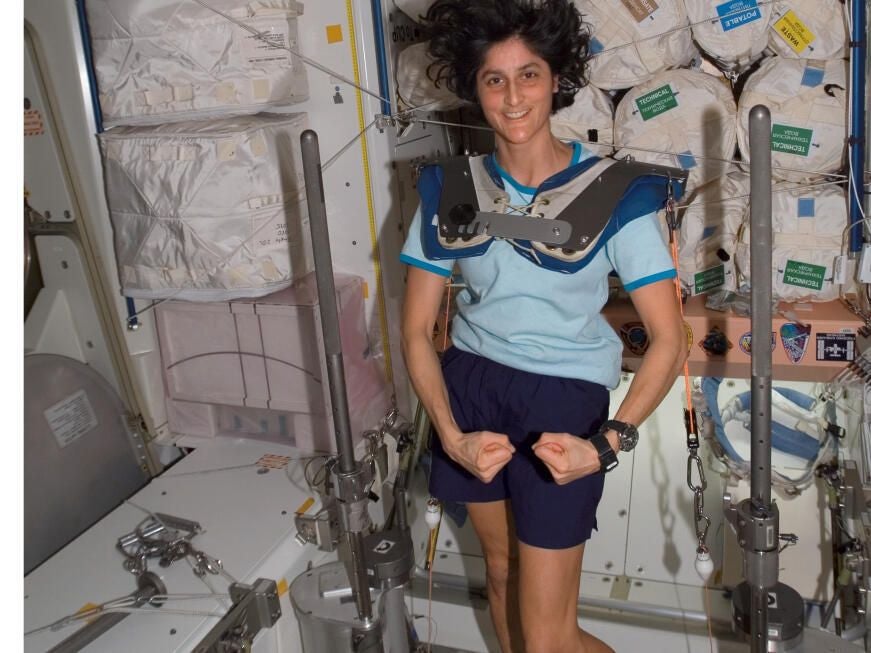NASA Spinoffs: Everyday items with space innovation origins
Image 1 of 10
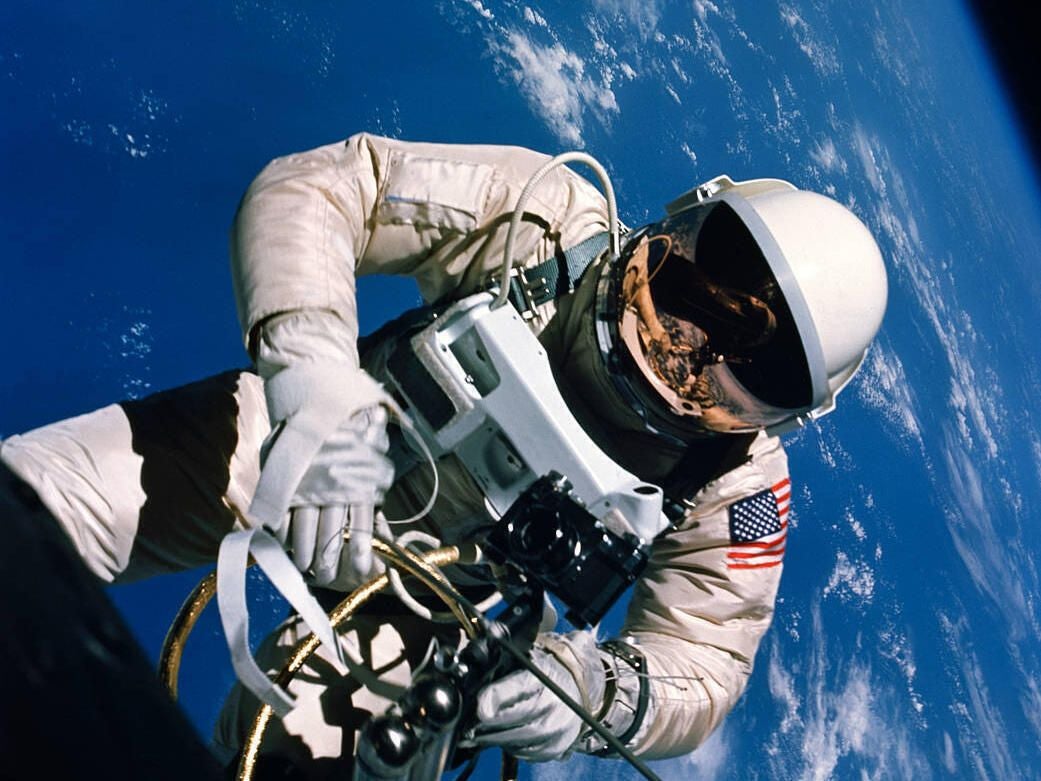

NASA Spinoffs
NASA Spinoffs
For more than 60 years, NASA has been at the forefront of innovation: hurling pioneering probes into the cosmos, landing humans on the moon, roving our celestial neighbors and more. During the research and development process with partners across industries, the space agency has played a part in launching a number of commercial products we use every day.
The NASA Spinoff website features hundreds of these items stating that “there’s more space in your life than you think!” From freeze-dried food to home exercise equipment, this gallery features some of the top NASA Spinoff highlights and other innovations from the final frontier.
SEE: 6 space missions to look forward to in 2021 (TechRepublic)
Freeze-dried food
NASA funding and research paved the way for freeze-fried food to nourish astronauts in outer space. Now humans can enjoy space ice cream on Earth. In fact, those so inclined can purchase a Neapolitan ice cream sandwich for astronauts from the NASA Exchange at Johnson Space Center for $5.
SEE: 6 space missions to look forward to in 2021 (TechRepublic)
Personal home gym equipment
In this NASA photo, a NASA astronaut uses the Interim Resistive Exercise Device on the International Space Station. The NASA Spinoff website said the cylinders situated at the base of the machine contain “the SpiraFlex FlexPacks that inventor Paul Francis honed under NASA contracts” and these would later “power the Bowflex Revolution.”
SEE: 6 space missions to look forward to in 2021 (TechRepublic)


Airless alloy bike tires
Airless alloy bike tires
Earlier this year, the SMART Tire Company announced it was developing METL, an airless alloy bicycle tire, as part of a partnership with NASA. The tire’s origins are rooted in lunar and Martian rover exploration but could reimagine traditional cycling.


Memory foam
Memory foam
The NASA Spinoff website described memory foam as one of its “most widely used spinoffs,” explaining that the material was “originally created for a project to improve passenger seats for airplanes,” but was later “used for many other projects, including seats on the Space Shuttle,” due to its highly absorptive qualities.
SEE: 6 space missions to look forward to in 2021 (TechRepublic)
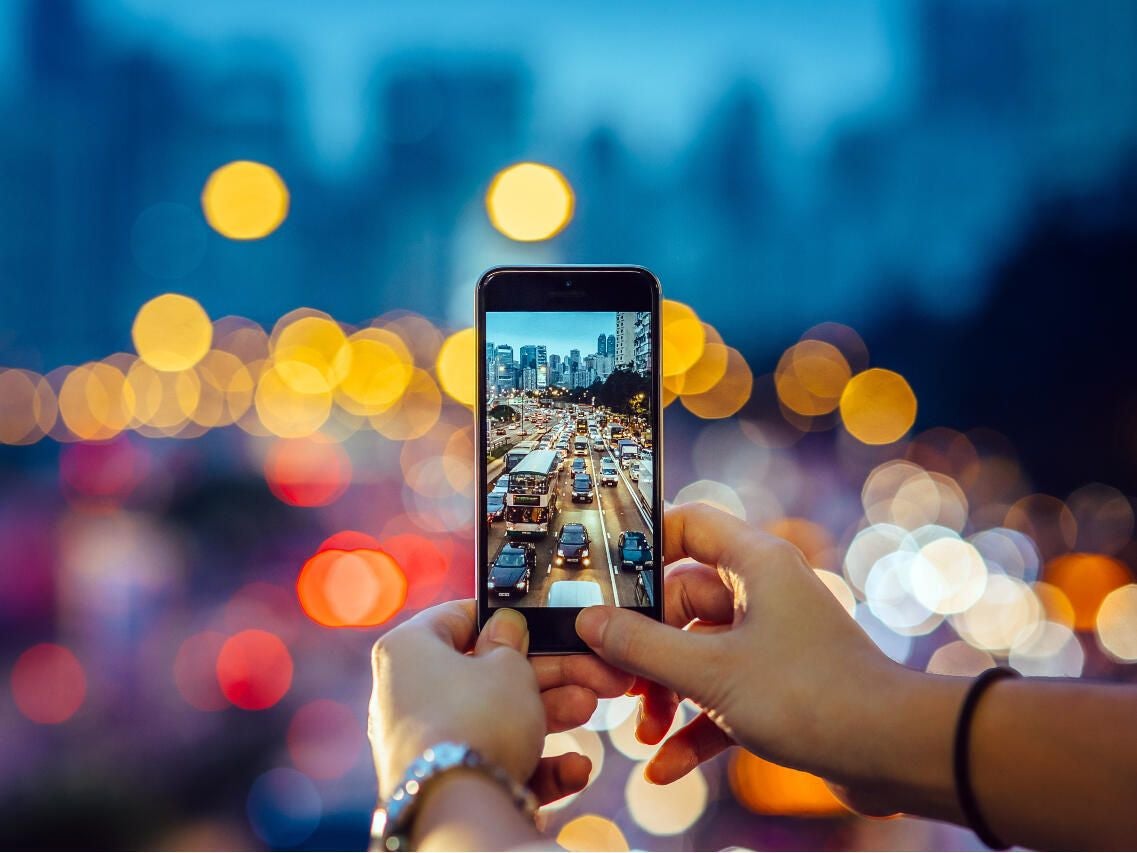

CMOS sensors to shoot digital media
CMOS sensors to shoot digital media
Jet Propulsion Laboratory experiments led to the development of “complementary metal oxide semiconductor (CMOS) image sensor” which NASA described as its “single most ubiquitous spinoff technology, dominating the digital imaging industries and enabling cell phone cameras, high-definition video and social media as we know it.”
SEE: Electronic communication policy (TechRepublic Premium)
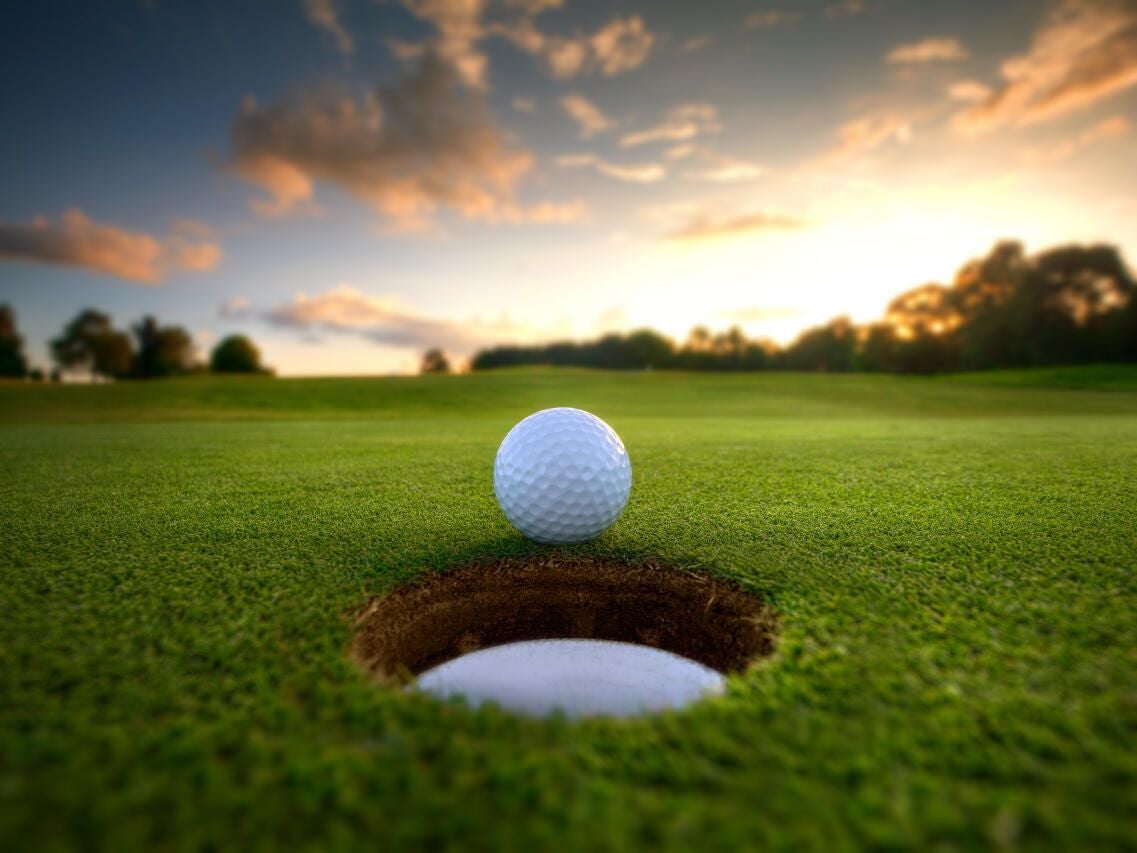

Space age golf clubs
Space age golf clubs
A Goddard Space Flight Center researcher demonstrated the capabilities of altered screw-threading, and decades later this engineering technique helped Cobra Puma Golf design a golf club with a low center of gravity, according to the NASA Spinoff website.
SEE: Electronic communication policy (TechRepublic Premium)
Flash lidar
NASA funding helped develop flash lidar technology, and these capabilities have been leveraged to enable mapping and sensing in the autonomous vehicles market.
SEE: Electronic communication policy (TechRepublic Premium)
Safer batteries
Due to the importance of batteries on space missions, the NASA Spinoff website says the agency “devotes considerable research to improving power and safety.” This includes creating a carbon-fiber heat sink. Commercialization of a thermal runaway shield led to product offerings with potential uses across industries ranging from ebikes to satellites, according to a NASA collaboration partner.
SEE: Electronic communication policy (TechRepublic Premium)
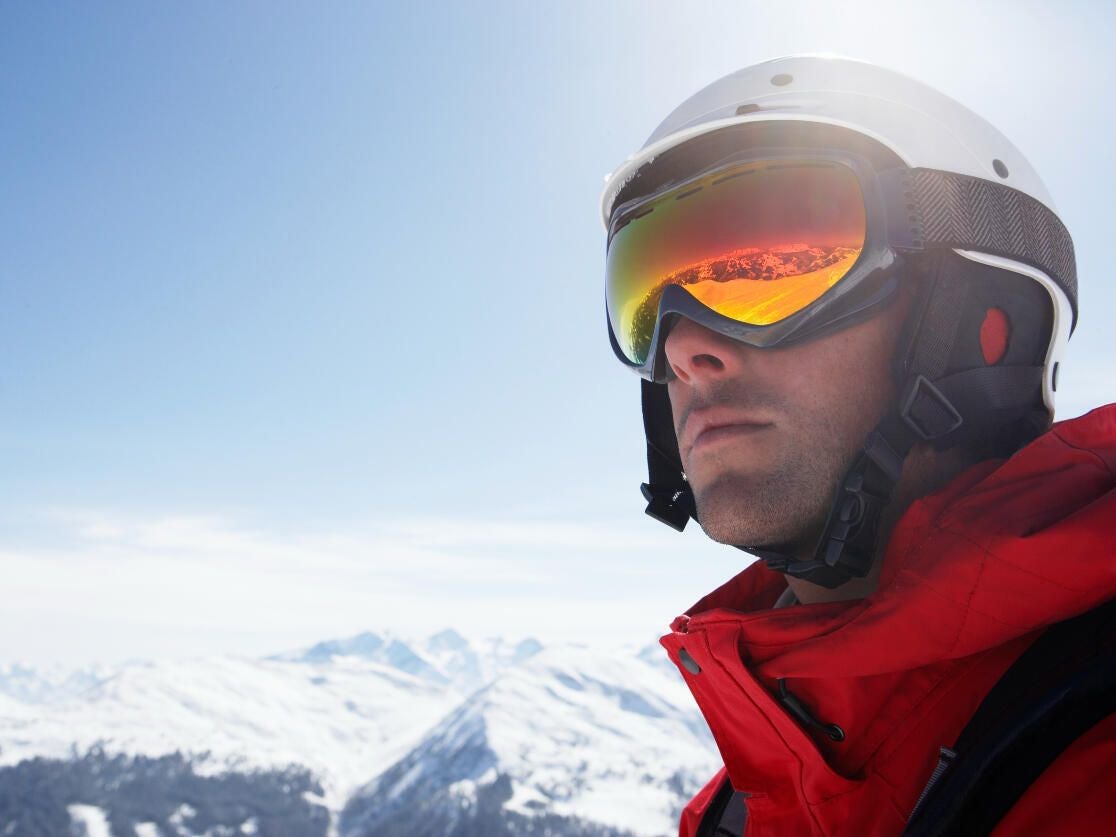

Blue-light blocking lenses
Blue-light blocking lenses
Optical filtering technology championed by NASA’s Ames Research Center has enabled the development of lenses to enhance visibility for skiers.
SEE: Electronic communication policy (TechRepublic Premium)
-
Account Information
Contact R. Dallon Adams
- |
- See all of R. Dallon's content

